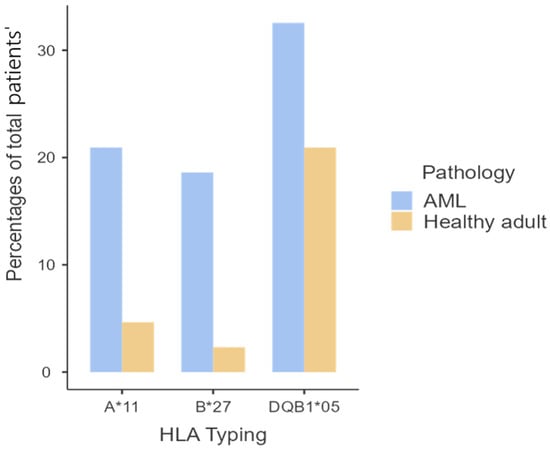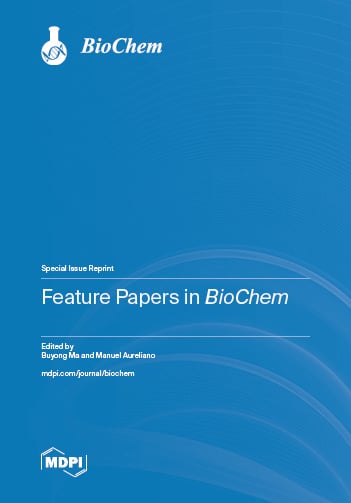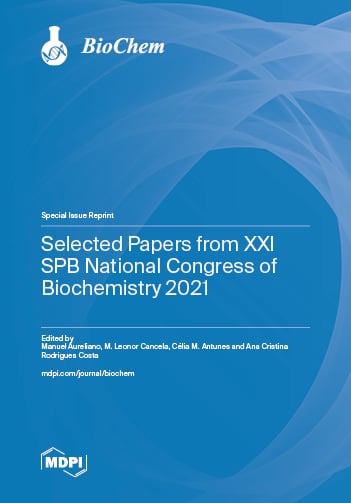- Article
Frequency of HLA-A, -B, -DRB1, and -DQB1 Alleles in Moroccan Adult Patients with Acute Myeloid Leukemia: A Case–Control Study
- Khalid Laaziri,
- Abdelmajid Zyad and
- Fatima Ezzahra Lahlimi
- + 7 authors
Background/Objectives: Acute myeloid leukemia (AML) is the most common acute leukemia in adults, with over 50% of individuals succumbing to the disease annually. This study aimed to assess the correlation between human leukocyte antigen (HLA) genes and acute myeloid leukemia (AML) in an adult Moroccan cohort. We included 60 persons with acute myeloid leukemia (AML) who were eligible for hematopoietic stem cell transplantation and compared them to a control group of 90 healthy adults. Methods: Patients and controls were subjected to HLA class I and II typing utilizing either sequence-specific primers (SSP) or sequence-specific oligonucleotides (SSO) in polymerase chain reaction-based methodologies. Results: The AML categories were predominantly represented by AML2, AML3, and AML4, comprising 36.66%, 30%, and 16.66%, respectively. We identified a notable correlation between HLA-A*11 (p = 0.003) and HLA-B*27 (p = 0.005) with acute myeloid leukemia (AML), and for HLA class II allele groups, we detected an elevated frequency of HLA-DQB1*05 (p = 0.002) in adult AML patients. We identified a notable correlation between AML 2 and the allele groups examined, namely with HLA class I: HLA-A*11 (p = 0.0003) and HLA-B*27 (p = 0.00006). Conclusion: Our study suggests a potential association between specific HLA alleles and the development of AML specifically AML type 2 in adults. Further larger studies are needed to confirm these findings.
3 December 2025




